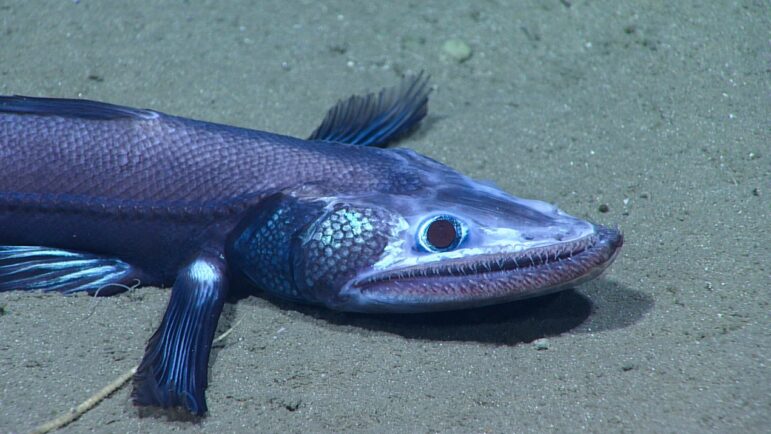Article by: Jane Marsh, Editor-in-Chief of Environment.co
Metals and minerals are an essential part of manufacturing and industry across the board. Everything from agriculture to the latest technologies makes use of precious metals and other materials, which means they’re in constant high demand. Deep sea mining is the latest process for extracting these minerals.
However, mining the deep seafloor presents new risks to the environment and wildlife. As this industry takes off, it may be causing irreparable harm to ocean habitats before we fully understand the repercussions.
What Is Deep Sea Mining?
Deep sea mining involves extracting materials from the deep seafloor, which is any part of the ocean below 200m. There are precious metals embedded in the deep seabed, such as cobalt, nickel, manganese, copper, other rare-earth elements and phosphates. These materials are fundamental to several industrial and commercial products, from fertilizers for farming to microchips for computers.
Extracting the necessary materials is a demanding process. Much like strip-mining on land, the method involves using large machines or robots to excavate the seafloor and pumping the collected materials to a ship. The useful mineral slurry is then taken to onshore processing facilities. However, wastewater and other debris are dumped back into the ocean.
The Recent Rise in Deep Sea Mining
This form of underwater mining has taken off in recent decades — and the industry is just getting started. Over 1.5 million km of deep seabed has been reserved for mineral exploration and extraction in the coming years. There are several reasons for this expansion into ocean mining.
One of the first reasons mineral extraction companies are moving to the ocean is because they’ve depleted land deposits. As mentioned above, deep sea mining is similar to strip-mining on land — which has destroyed mountains, devastated natural environments, endangered the health and safety of workers and nearby communities, and polluted the air, land and water.
As companies run out of land to mine, they’re turning to new landscapes, like the ocean. Additionally, since deep sea mining is a relatively new industry, there are few regulations in place. Companies can operate with little oversight or public scrutiny.
Better technology is another reason for the recent underwater mining boom. The latest advancements in deep sea robotics, such as remote-operated vehicles (ROVs), allow governments and companies to cover more ground in mineral exploration. More accurate detection software may allow for more efficient metal retrieval and processing.

Threats to the Environment
Unfortunately, deep sea mining is already proving hazardous for the environment. The extraction process itself can devastate sensitive underwater ecosystems. Stripping the seafloor obliterates natural features, leaving wildlife without a place to live. The resulting sediment plumes further harm fragile habitats, wiping away entire sections of rich underwater life.
Pollution is another major concern when it comes to ocean mining. Everyone is familiar with the disastrous oil spills from offshore drilling and fossil fuel extraction — when deep sea mining vessels and equipment take to the ocean, they also present a risk of further polluting our oceans.
Water scarcity is a real issue, affecting about 785 million people around the world. Further contaminating an already limited water supply with unregulated and unsupervised strip mining underwater may put more communities at risk.
Endangered Species Face New Dangers
Habitats aren’t the only victim of irresponsible ocean mining operations — so are the animals that live under the sea. Ocean creatures are already struggling to cope with the effects of climate change, such as ocean warming and excess marine debris or trash polluting their home.
As deep sea mineral exploration and extraction companies take over even more of the ocean floor, they further impede on animals’ natural habitats. Mining is a noisy process, even underwater. Imagine a neighbor performing nonstop construction for months at a time — that’s how underwater mining is threatening the health and safety of intelligent creatures like whales and dolphins.
Protecting the Underwater Frontier From Harmful Mining
While the precious metals and minerals found deep in the ocean are essential to many of our modern products and services, private companies and governments should proceed with caution before diving into deep sea mining. The risks are high and research into the potential negative effects of these operations is just beginning.


3 comments on “Deep Sea Mining Could Cause Irreversible Damage to Oceans and Endangered Species”
I sincerely hope is that there will be no ocean mining at all. I know that the results would be devastating if this moves ahead. The oceans would be non functional and humans will not benefit by this
i love that you guys are putting awareness out there I’m actually making a blog about ocean pollution right now and needed to do some research
Great for my homework!!!